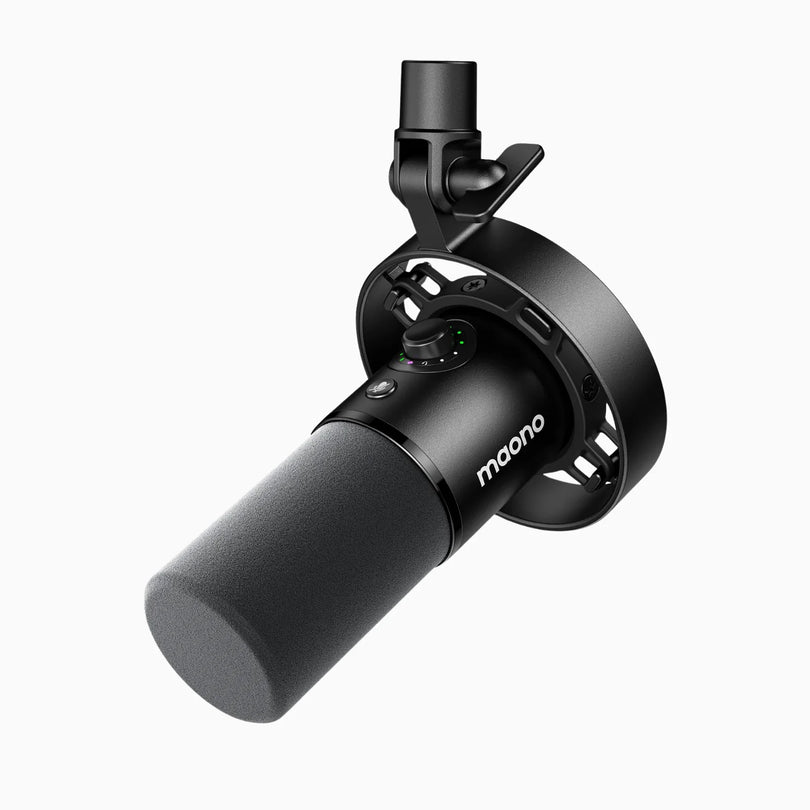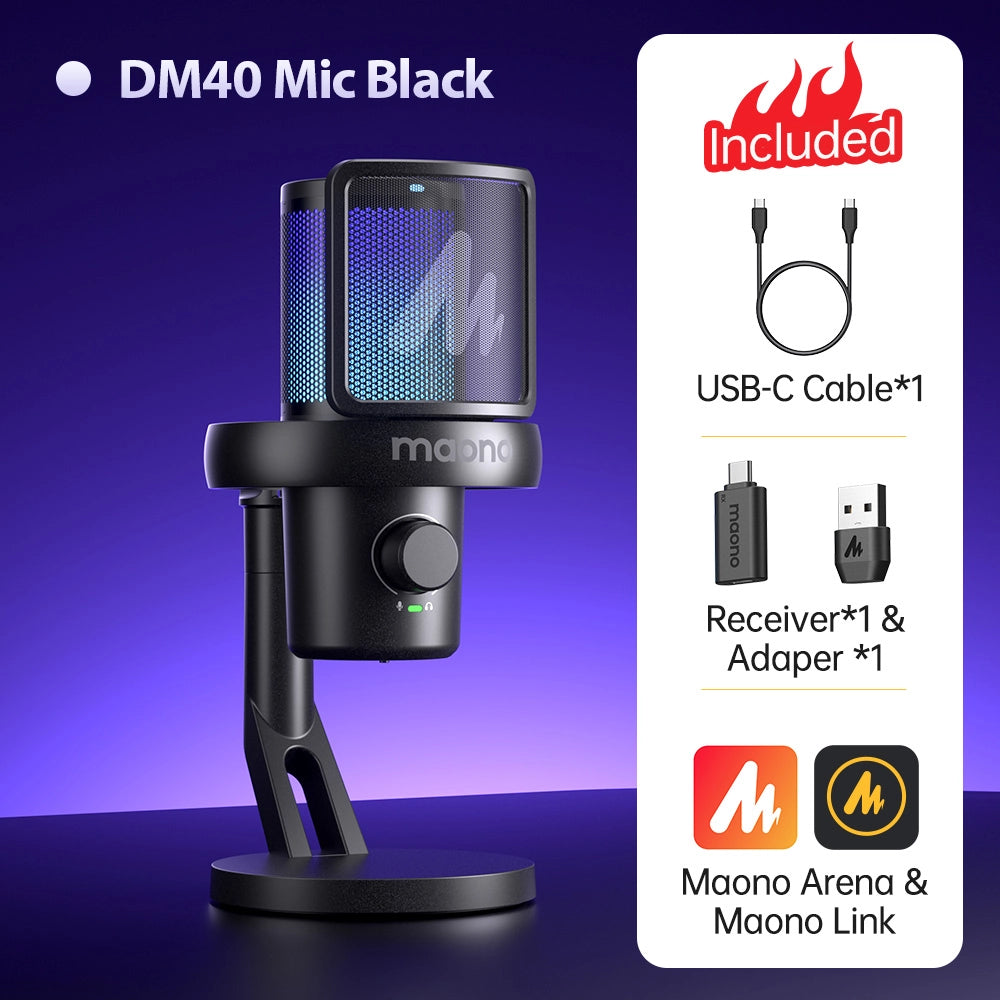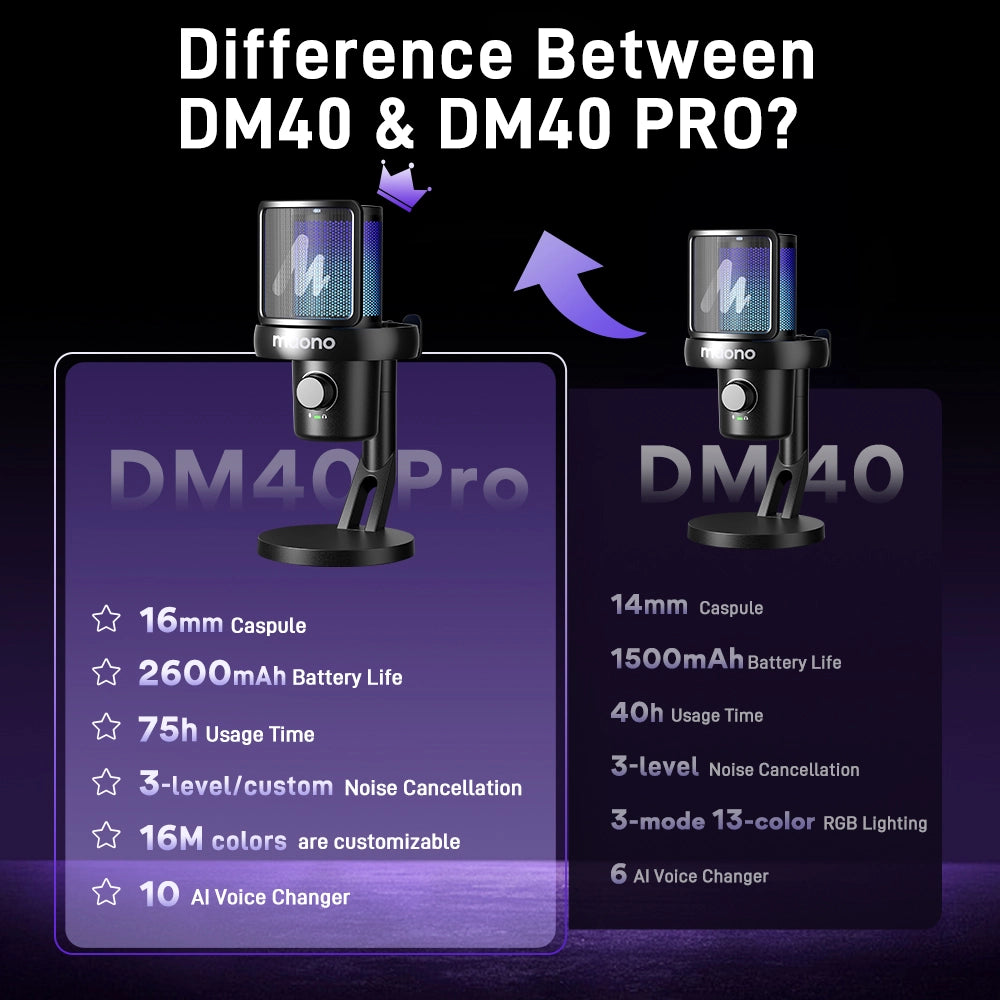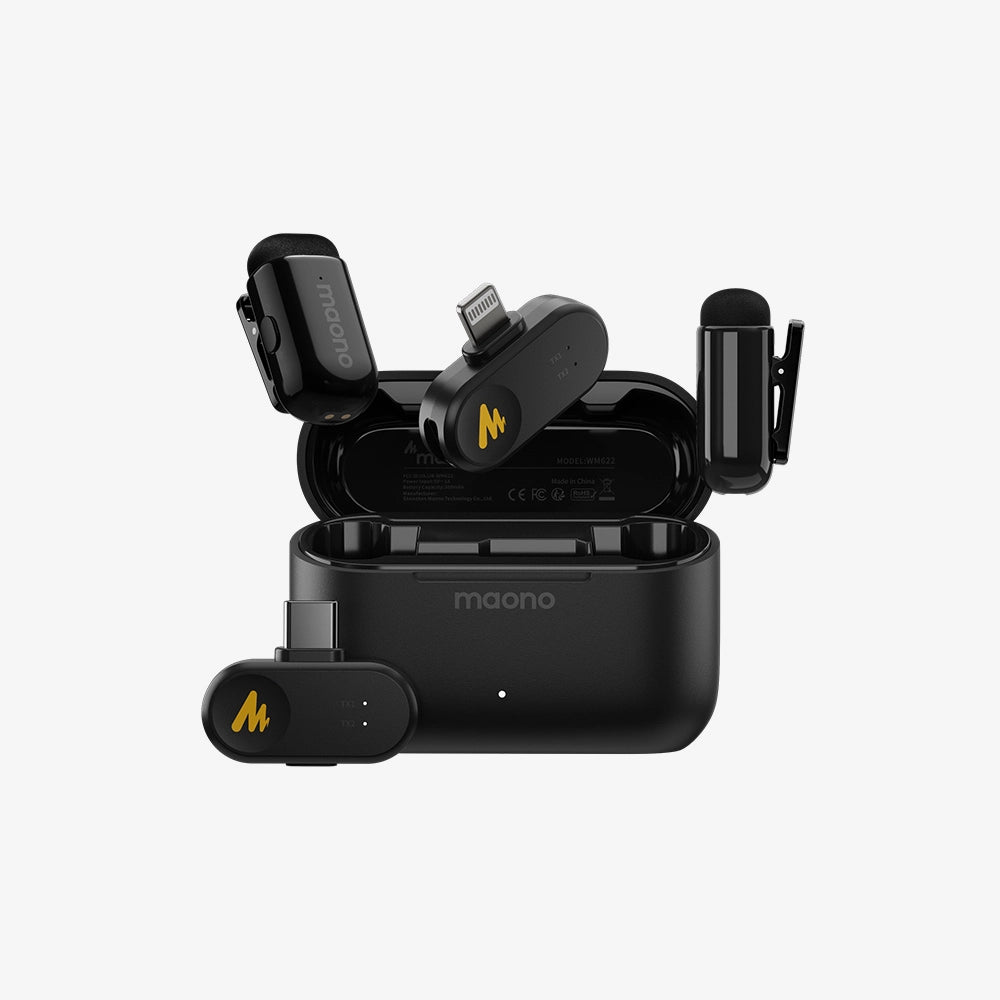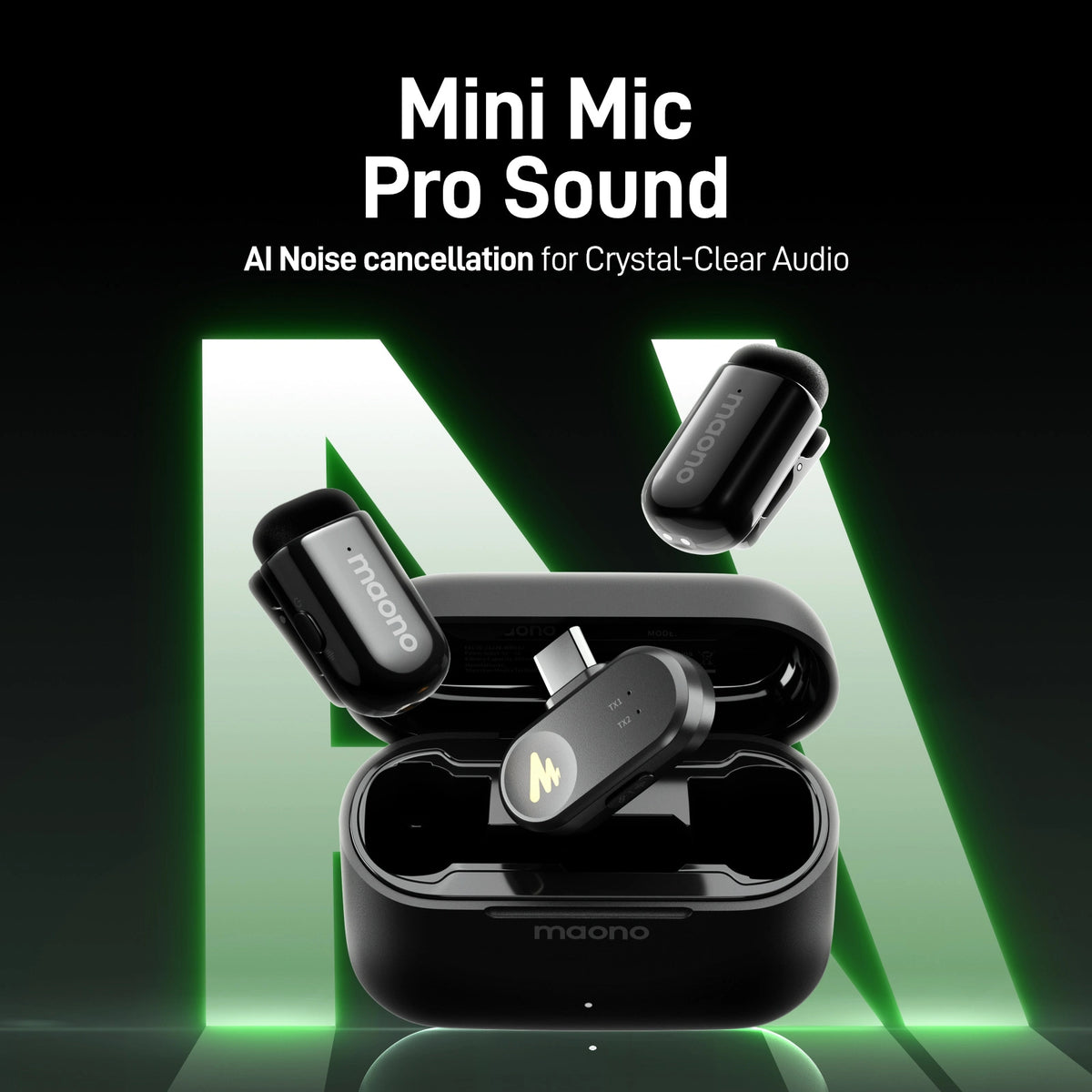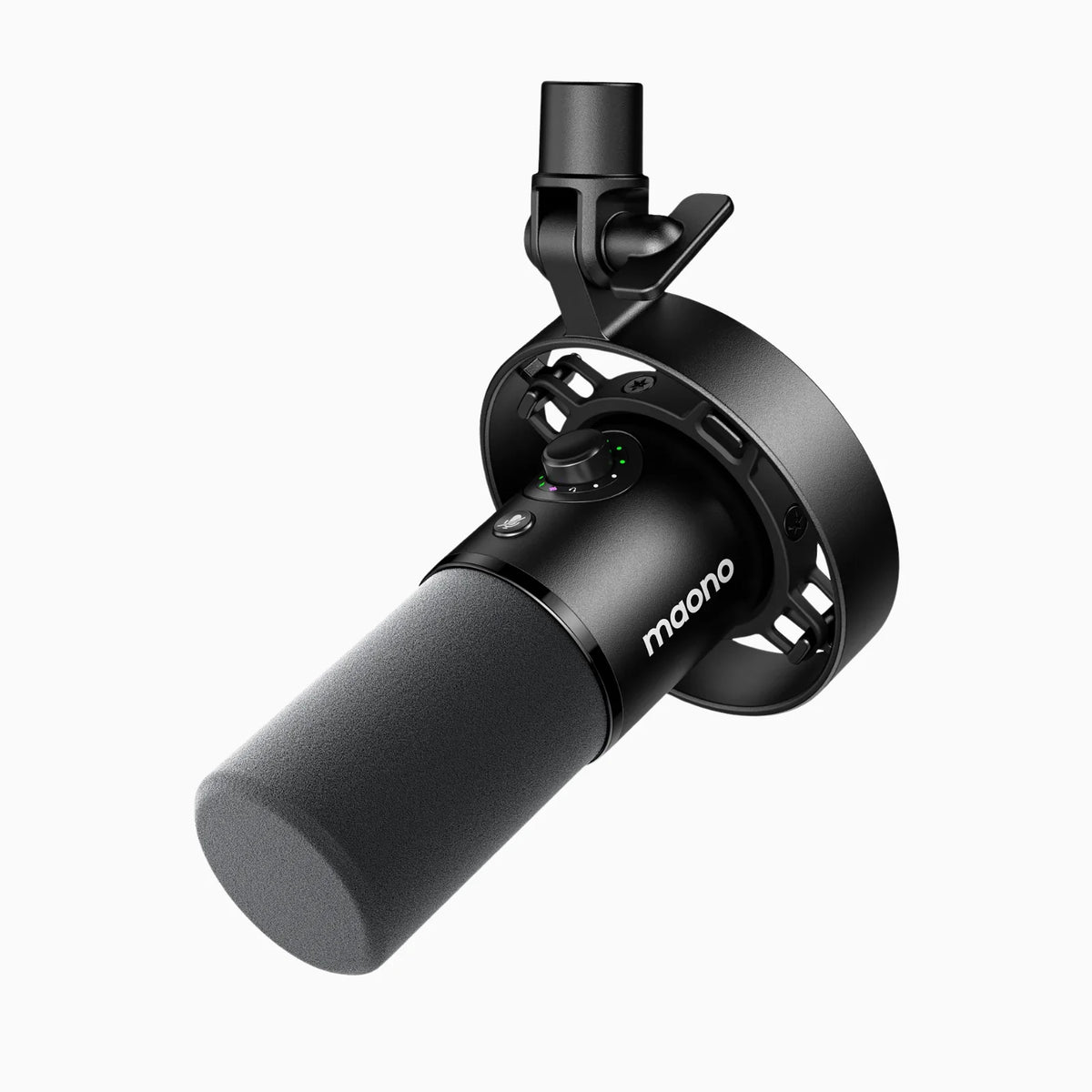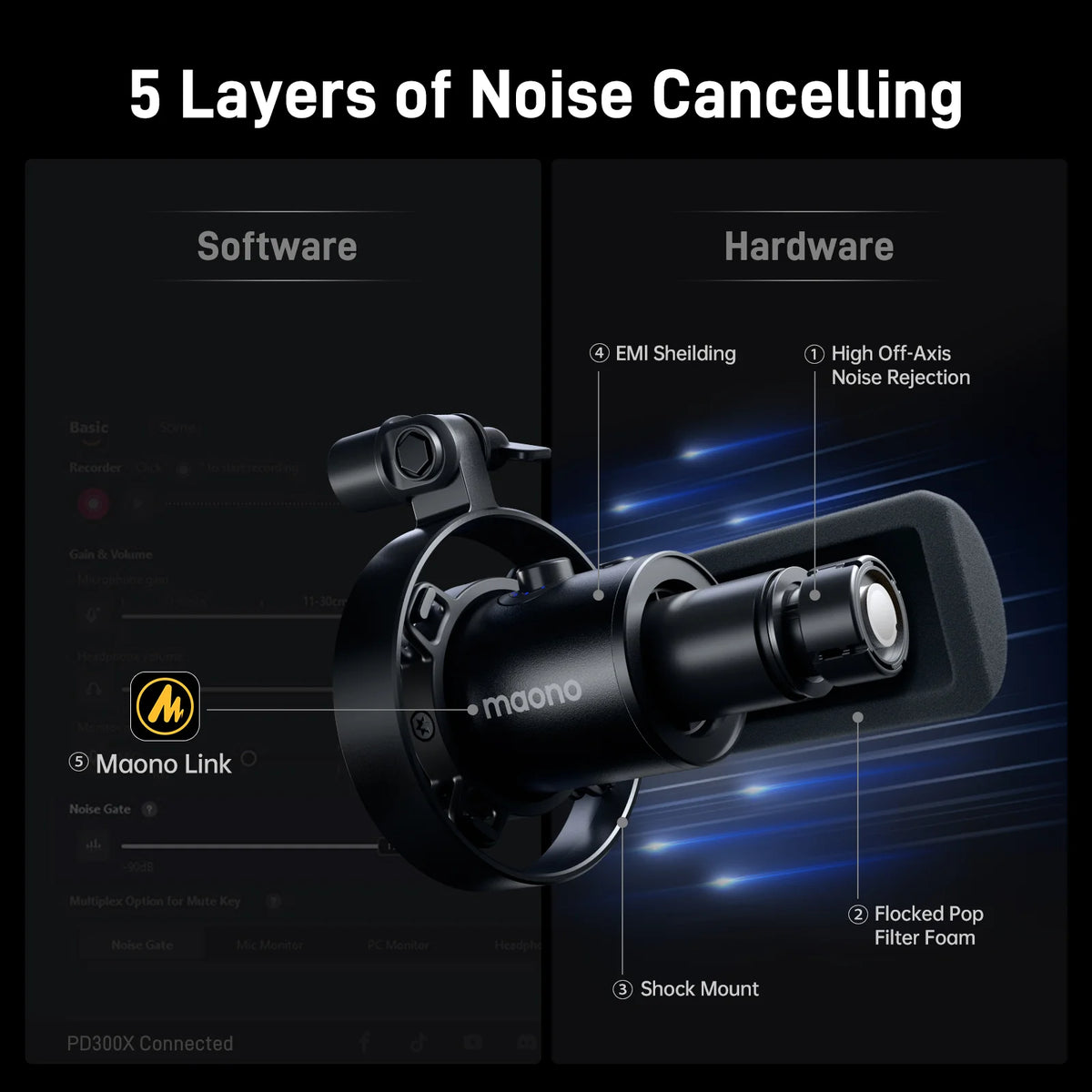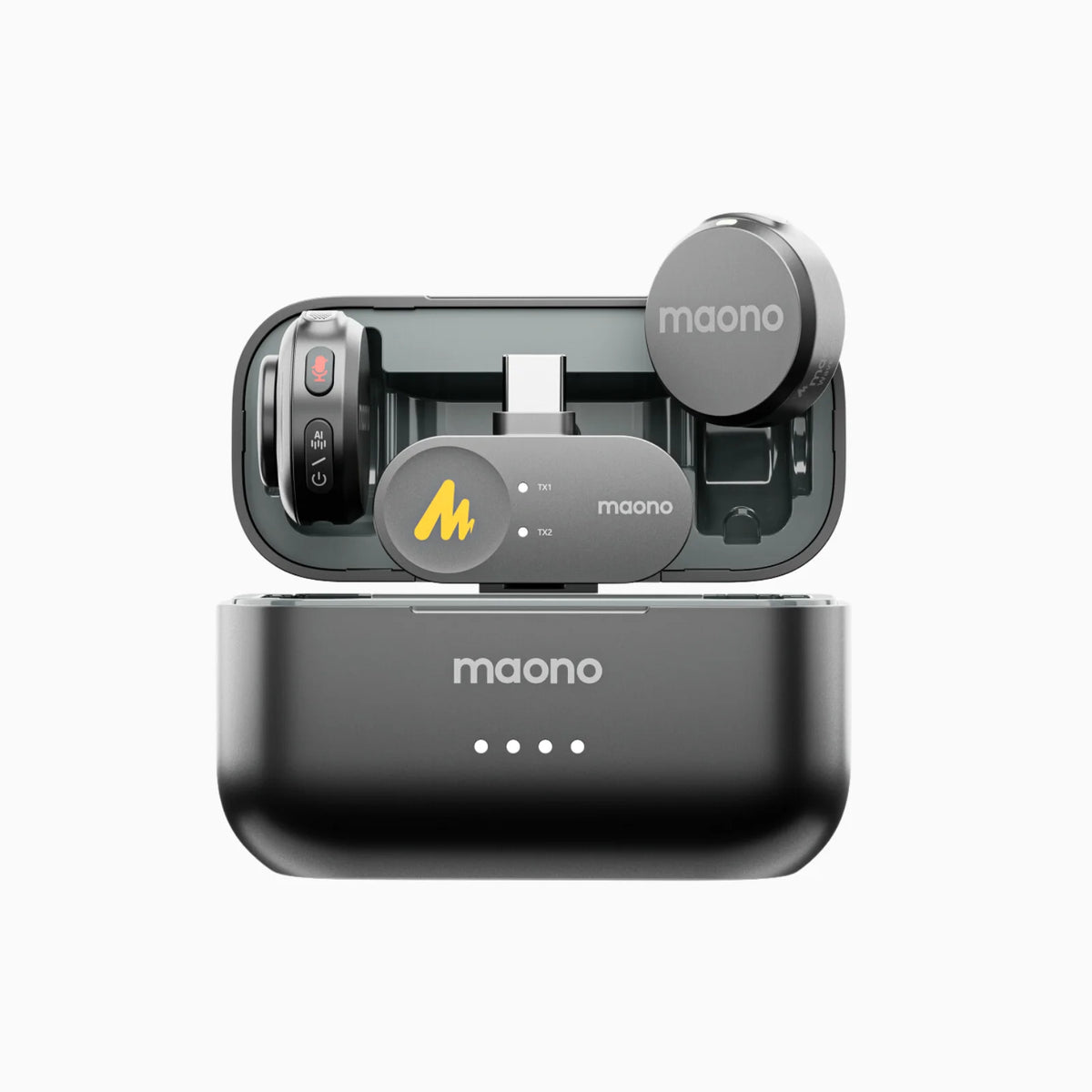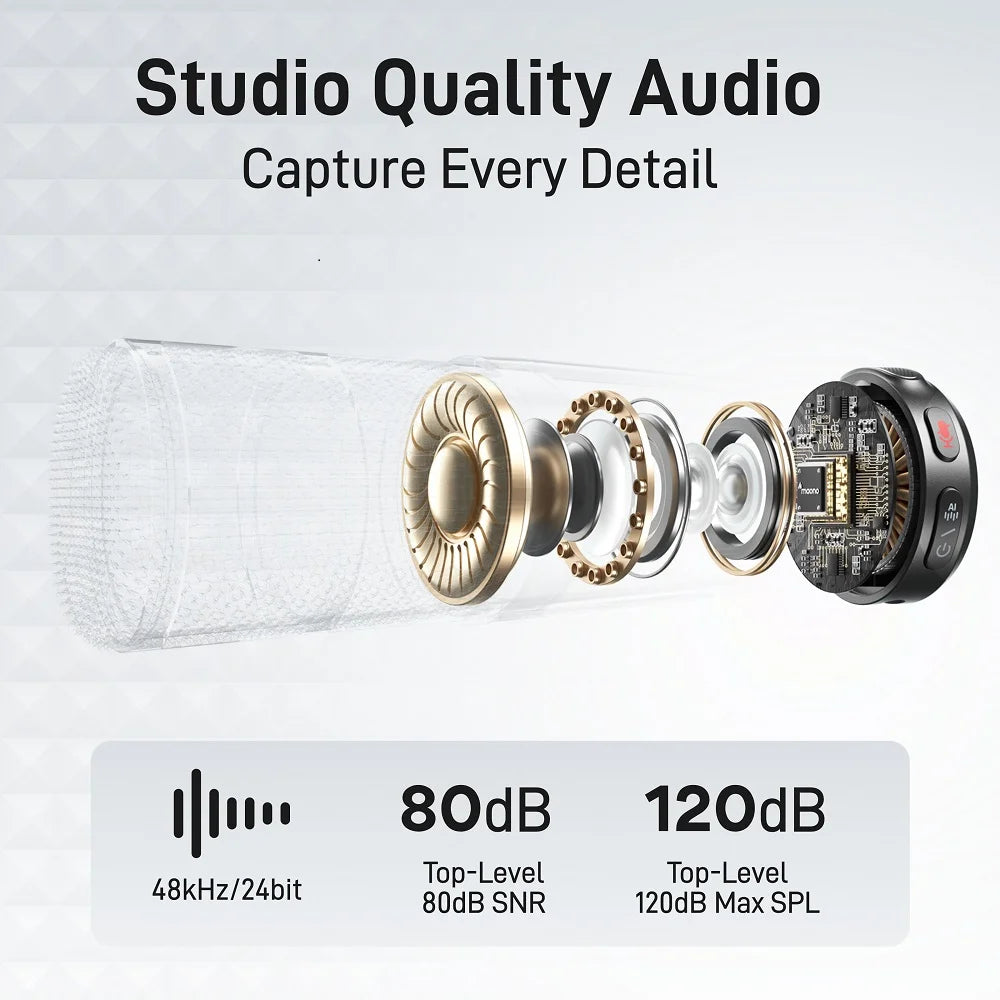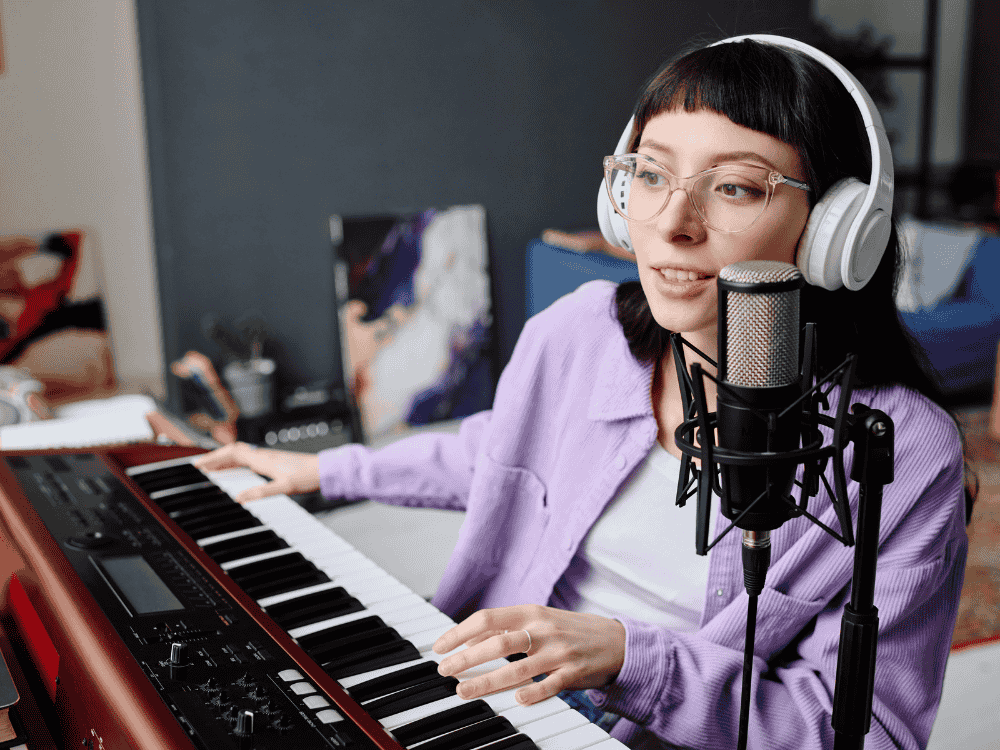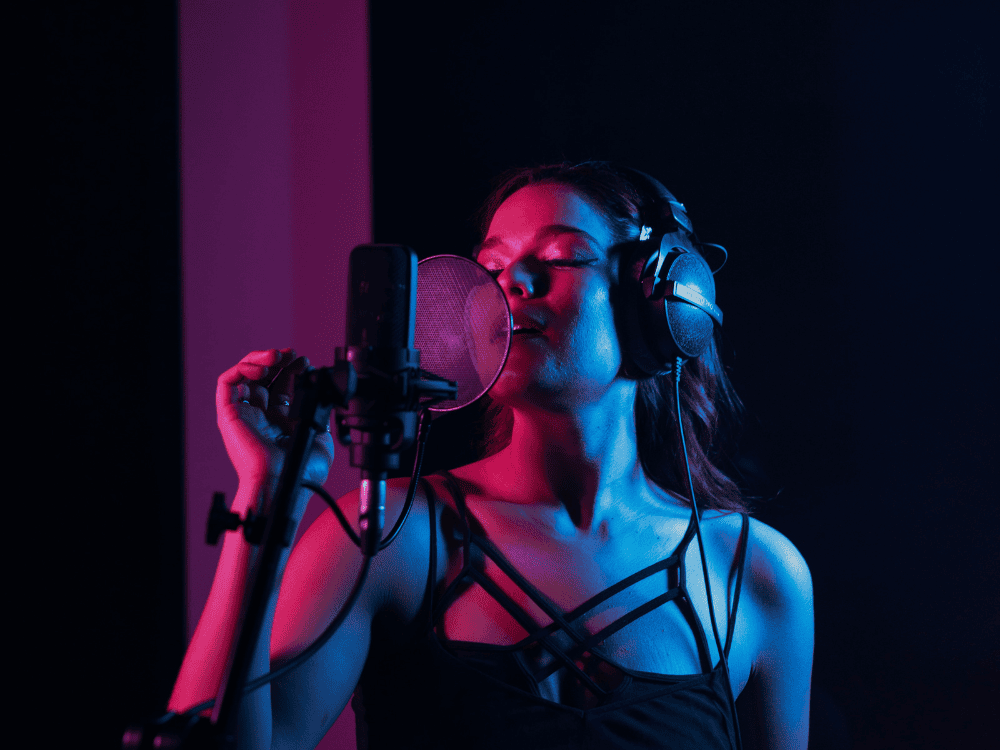Ready to take your audio quality to a pro level? XLR microphones are the preferred choice for many recording professionals and enthusiasts alike, offering balanced audio quality, versatility, and durability that USB mics sometimes cannot match. Their distinct three-pronged connector enables a secure connection and a high-quality sound signal, perfect for musicians, podcasters, broadcasters, and voice-over artists who need reliable and detailed audio.
Finding the best XLR microphone can make all the difference, whether you're recording vocals, capturing live instruments, or delivering a podcast with rich, studio-quality sound. Dive into the world of XLR mics to discover what sets the best apart and find the perfect match for your unique recording needs.
When Do You Typically Use an XLR Microphone?
XLR microphones are widely used across a range of applications:
- Music Recording: Musicians and producers use XLR mics to capture vocals and instruments, given their superior sound depth and accuracy.
- Podcasting and Broadcasting: In both live and recorded shows, XLR mics are trusted for clear, consistent voice capture.
- Streaming and Gaming: Gamers and streamers value the stability and audio quality of XLR microphones for long sessions.
- Voice Acting and Audiobook Recording: Voice professionals depend on XLR mics to capture nuances in their voice.
Why Is It Important to Choose Carefully When Selecting the Best XLR Microphone?
Choosing the right XLR microphone is crucial because the mic’s quality directly impacts the audio output. A poorly chosen mic can result in sound issues like distortion, excessive background noise, or flat tones. Investing in a reliable, high-quality XLR cable microphone ensures that recordings and broadcasts are professional-grade, minimizing the need for extensive post-production adjustments.
Key Features to Look for in the Best XLR Microphone
The best XLR microphones are defined by several essential features:
- Polar Pattern: Cardioid and supercardioid patterns are popular for isolating sounds and reducing background noise. Omni-directional patterns work better in studio setups where sound is evenly distributed.
- Frequency Response: For vocals, a range that emphasizes clarity in the mids and highs is ideal, while a wider frequency response benefits instruments.
- Build Quality: Durable materials, shock resistance, and weatherproof designs are important if you’re transporting or setting up mics regularly.
- Sensitivity: This defines how well the microphone can capture quiet sounds without needing high gain, helping prevent noise and distortion.
Audio Quality Challenges with XLR Microphones and Troubleshooting Tips
While XLR microphones provide high-quality audio, they can face some challenges:
- Electrical Noise: Use shielded XLR cables and keep audio equipment away from power sources to reduce interference.
- Pop Sounds: To minimize pops from hard consonants (like "P" sounds), use a pop filter and maintain a slight distance from the mic.
- Room Noise: XLR mics can pick up room noise. Soundproofing or using acoustic panels can reduce unwanted reverb.
Price Range for Beginners in Audio Recording
For beginners, investing in an XLR microphone doesn’t have to be overly expensive. A good quality best budget XLR microphone can range between $80 and $200. In this price range, options are available that deliver solid sound quality, durability, and basic features suitable for most recording needs. Microphones within this range provide excellent sound fidelity without requiring a steep investment.
How to Handle Background Noise with an XLR Microphone
To reduce background noise with an XLR mic:
- Choose the Right Polar Pattern: A cardioid or supercardioid pattern will focus more on your voice and less on the background.
- Use Acoustic Treatment: Adding soundproofing or acoustic panels helps absorb ambient sounds.
- Invest in Noise-Reducing Equipment: High-quality preamps and interfaces reduce noise that might come from the equipment itself.
Frequently Asked Questions:
1. How Long Does an XLR Microphone Last?
XLR microphones are incredibly durable, often lasting 10-20 years or more with proper care. High-quality materials and design make these mics resistant to wear and tear. Proper storage, careful handling, and occasional maintenance help extend the microphone’s lifespan.
2. What is the Best XLR Microphone for Under $150?
For budget-conscious buyers, the Audio-Technica AT2020 is a standout choice in this price range. It’s known for balanced sound quality and durability, making it ideal for vocals and instruments alike. The Maono PM500 is also a fantastic option for a condenser microphone XLR, combining affordability with solid performance, particularly for podcasting and home studio use.
3. What are some Budget-Friendly XLR Microphone Options for Both Talking and Instruments or Singing?
Finding an XLR microphone suitable for multiple purposes on a budget can be challenging, but here are some of the best value options:
-
Audio-Technica AT2020
The AT2020 offers an exceptional blend of affordability and quality. Its cardioid pattern and clear frequency response make it suitable for vocals and acoustic instruments, capturing crisp audio with minimal noise. -
Shure SM58
Known as a classic in live performance, the SM58 is also a versatile choice for home recording. Its durability and sound clarity make it popular for singers and podcasters alike. - Maono PM500

Maono’s PM500 is an excellent entry-level microphone designed for various applications. Its cardioid pattern reduces background noise, making it ideal for podcasters and vocalists.
4. Samson Q2U
Combining USB and XLR connectivity, the Q2U is versatile and user-friendly. It’s an excellent option for those transitioning from USB mics to XLR setups, suitable for vocals and instrument recording.
5. Behringer XM8500
This microphone is a popular choice among budget users for its high-quality sound and affordability. The XM8500’s cardioid pattern captures vocals well, minimizing background noise.
6. Maono PD400X

Another strong offering from Maono, the PD400X is highly recommended for both music and speech. With dual connectivity (USB and XLR), it provides flexibility for various recording setups.
Conclusion
Selecting the best XLR microphone for your needs requires an understanding of your recording environment, the type of audio you’re capturing, and your budget. What makes the best XLR microphone? The best XLR microphones offer superior sound quality and flexibility, making them essential for professionals and aspiring creators alike. The top features to look for—like polar patterns, frequency response, and build quality—ensure you capture high-quality audio while minimizing unwanted noise and distortion.
Whether you’re looking for an entry-level mic like the Audio-Technica AT2020 or a versatile option like the Maono PD400X or PM500, the right XLR microphone can make a significant difference in your sound projects. With the proper care and setup, an XLR microphone is a long-term investment that delivers consistent, professional audio quality for years to come.




